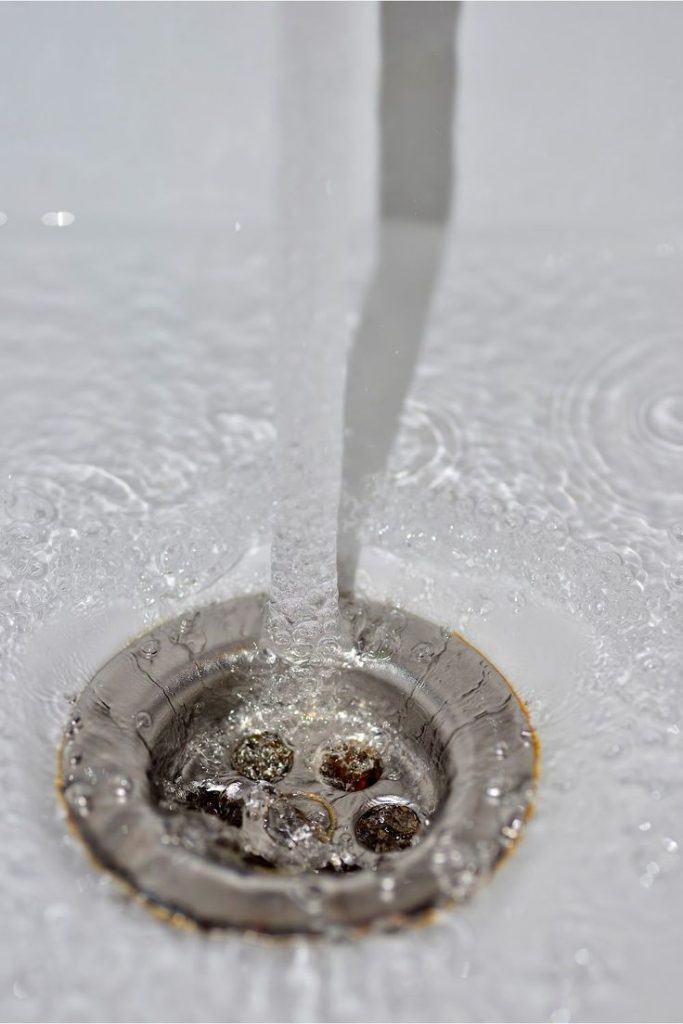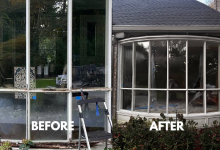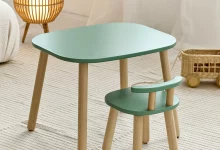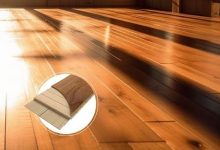DIY Drain Cleaning: When It Works and When to Call the Pros
We’ve all experienced it: standing in the shower with water pooling around your feet, or watching your kitchen sink fill up instead of draining. Naturally, many people reach for plungers or chemical drain cleaners. But is the DIY route always the best one? Sometimes it works like a charm. Other times, it could lead to damage – and a bigger bill.
Here’s how to know when you can fix it yourself, and when it’s smarter to call in professionals.
When DIY Drain Cleaning Can Actually Help
Some clogs are shallow and easy to fix. If you act quickly, these methods can often save the day:
-
Use a Plunger
It’s old-school, but still effective. A good seal and a few strong plunges can clear out hair, food, and soap scum clogs in sinks, tubs, or toilets. Just remember to block any overflow openings for better suction.
-
Baking Soda + Vinegar = Classic Combo
Pour half a cup of baking soda, then half a cup of vinegar into the drain. Let it fizz under a drain cover for 30 minutes, then flush with hot water. Works well on small grease or food clogs.
-
Try a Drain Snake or Auger
These tools are great for hair and debris deeper in the pipes. Just don’t be too aggressive – rough handling can damage your plumbing.
-
Boiling Water for Grease Clogs
Kitchen drain slowing down? A kettle of boiling water poured slowly in stages can melt grease buildup. Simple but surprisingly effective.

When DIY Isn’t the Answer
Some situations call for expert tools and experience. Here’s when it’s best to put the wrench down:
-
Chemical Cleaners Can Wreck Your Pipes
Store-bought drain cleaners may dissolve gunk – but they also eat away at pipes, especially older ones. Frequent use can cause corrosion and lead to leaks.
-
Too Much Force = Damaged Pipes
Shoving a drain snake too far or too fast can scratch or even crack the inside of your pipes. That’s how a $10 clog becomes a $1000 repair.
Signs You Need a Pro
Still clogged? These red flags mean it’s time to bring in professionals like the team at Super Brothers:
-
Clogs That Keep Coming Back
Tried everything and it’s still slow? You might be dealing with pipe damage or a blockage in the main line. Experts use video inspections to get answers fast.
-
Multiple Drains Acting Up
If more than one fixture is gurgling, draining slowly, or backing up – you’ve got a bigger problem underground. A full sewer line inspection is usually needed.
-
Persistent Bad Smells
Funky smells from your drain could mean trapped food, bacteria, or worse – a damaged sewer line. DIY only masks it; pros actually solve it.
-
Water Backups or Gurgling Sounds
Water coming back into sinks or tubs isn’t normal. Neither are gurgling noises. Both are signs of a venting or mainline problem that needs real tools to fix.
-
Leaks or Water Damage
If you notice wet spots under your sink or on the walls, a clogged or cracked pipe could be the culprit. Delaying service can lead to mold or structural issues.
Staying Ahead of Clogs
Maintenance > Repair. Prevent problems with a few simple habits:
- Use drain screens.
- Never pour grease or oil down the drain.
- Flush drains with hot water weekly.
- Only flush toilet paper – nothing else.
Final Thoughts
DIY solutions have their place, especially for basic clogs. But knowing when to call in help is just as important. Professionals don’t just clear blockages – they prevent long-term damage and help your home’s plumbing work the way it should. Don’t wait until a minor issue becomes a major mess. A quick call today can save you a serious headache tomorrow.















